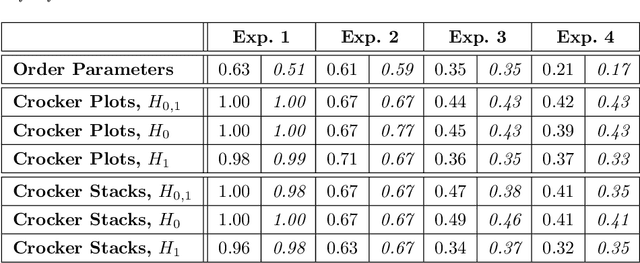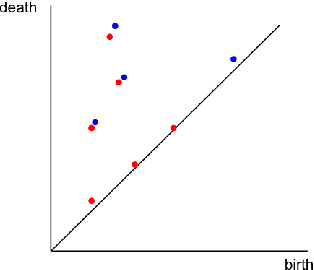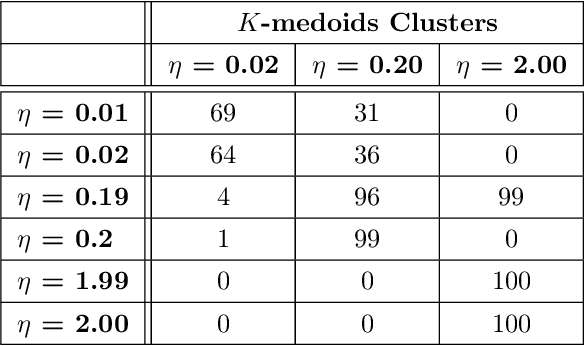Lu Xian
Large Language Models in Biomedical and Health Informatics: A Bibliometric Review
Mar 26, 2024Abstract:Large Language Models (LLMs) have rapidly become important tools in Biomedical and Health Informatics (BHI), enabling new ways to analyze data, treat patients, and conduct research. This bibliometric review aims to provide a panoramic view of how LLMs have been used in BHI by examining research articles and collaboration networks from 2022 to 2023. It further explores how LLMs can improve Natural Language Processing (NLP) applications in various BHI areas like medical diagnosis, patient engagement, electronic health record management, and personalized medicine. To do this, our bibliometric review identifies key trends, maps out research networks, and highlights major developments in this fast-moving field. Lastly, it discusses the ethical concerns and practical challenges of using LLMs in BHI, such as data privacy and reliable medical recommendations. Looking ahead, we consider how LLMs could further transform biomedical research as well as healthcare delivery and patient outcomes. This bibliometric review serves as a resource for stakeholders in healthcare, including researchers, clinicians, and policymakers, to understand the current state and future potential of LLMs in BHI.
Capturing Dynamics of Time-Varying Data via Topology
Oct 07, 2020



Abstract:One approach to understanding complex data is to study its shape through the lens of algebraic topology. While the early development of topological data analysis focused primarily on static data, in recent years, theoretical and applied studies have turned to data that varies in time. A time-varying collection of metric spaces as formed, for example, by a moving school of fish or flock of birds, can contain a vast amount of information. There is often a need to simplify or summarize the dynamic behavior. We provide an introduction to topological summaries of time-varying metric spaces including vineyards [17], crocker plots [52], and multiparameter rank functions [34]. We then introduce a new tool to summarize time-varying metric spaces: a crocker stack. Crocker stacks are convenient for visualization, amenable to machine learning, and satisfy a desirable stability property which we prove. We demonstrate the utility of crocker stacks for a parameter identification task involving an influential model of biological aggregations [54]. Altogether, we aim to bring the broader applied mathematics community up-to-date on topological summaries of time-varying metric spaces.
 Add to Chrome
Add to Chrome Add to Firefox
Add to Firefox Add to Edge
Add to Edge